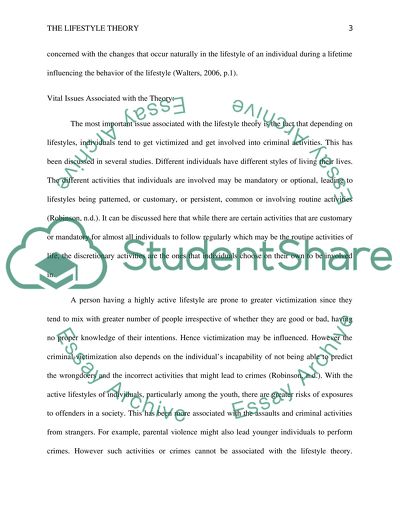Cite this document
(“The Lifestyle Theory by Larry Siegal Research Paper”, n.d.)
The Lifestyle Theory by Larry Siegal Research Paper. Retrieved from https://studentshare.org/law/1458237-the-lifestyle-theory
The Lifestyle Theory by Larry Siegal Research Paper. Retrieved from https://studentshare.org/law/1458237-the-lifestyle-theory
(The Lifestyle Theory by Larry Siegal Research Paper)
The Lifestyle Theory by Larry Siegal Research Paper. https://studentshare.org/law/1458237-the-lifestyle-theory.
The Lifestyle Theory by Larry Siegal Research Paper. https://studentshare.org/law/1458237-the-lifestyle-theory.
“The Lifestyle Theory by Larry Siegal Research Paper”, n.d. https://studentshare.org/law/1458237-the-lifestyle-theory.


